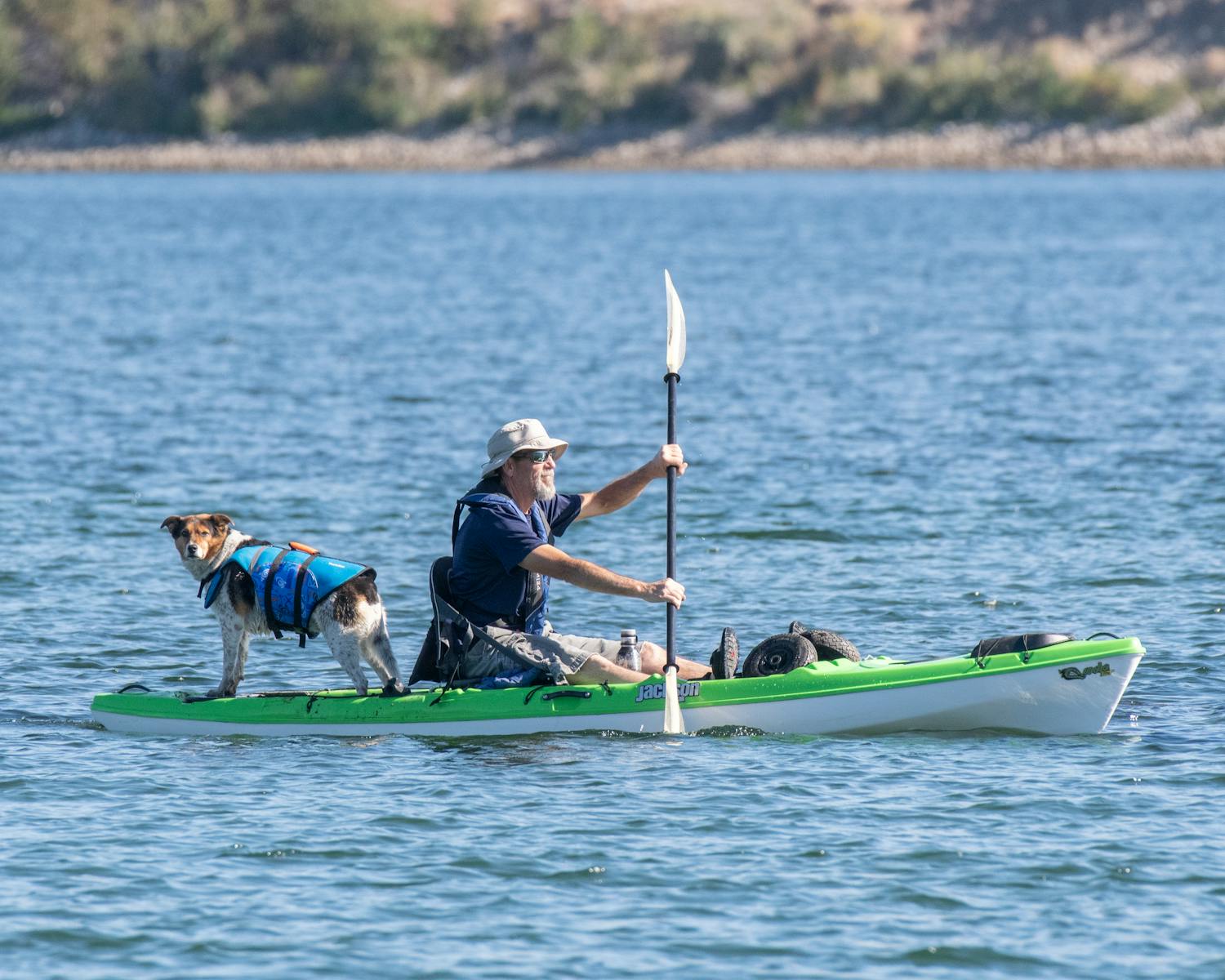Obedience Training Near Understanding Your Dog’s Body Language: A Key to Effective Training
Master Obedience Training by Understanding Your Dog’s Body Language: A Key to Effective Training and Enhanced Communication for a Well-Behaved Pet at FetchQuest.info
Obedience Training Near You: Understanding Your Dog’s Body Language – A Key to Effective Training
When it comes to obedience training, many pet parents focus on commands like “sit,” “stay,” or “come.” But effective training goes beyond words—it begins with understanding your dog’s body language. Dogs can’t speak, but they communicate constantly with their posture, facial expressions, tail movement, and overall energy. Learning to read these signals can be the difference between confusion and clear communication.
At FetchQuest.info, we emphasize that one of the best tools for successful obedience training is learning to “listen” to your dog with your eyes. Let’s explore how decoding body language can strengthen your training efforts and deepen your bond with your pup.
Why Body Language Matters in Training
Dogs are experts at picking up on human tone and energy, but they also rely heavily on body language to express their own feelings. When you can recognize signs of stress, focus, excitement, or fear, you’ll be better equipped to guide your dog through training sessions.
Benefits of understanding canine body language include:
-
Improved timing and communication during commands
-
Faster progress with obedience training
-
Fewer miscommunications or behavioral setbacks
-
Stronger trust between dog and handler
-
Safer interactions with other dogs and people
Training is most effective when your dog feels secure, respected, and understood—body language helps you meet them where they are.
Common Dog Body Language Signals and What They Mean
Dogs use subtle (and not-so-subtle) cues to show how they’re feeling in the moment. Below are some key body language indicators and how to interpret them during training sessions.
Relaxed and Ready to Learn:
-
Ears: Neutral or slightly forward
-
Tail: Gently wagging or relaxed
-
Eyes: Soft, blinking, no intense staring
-
Mouth: Slightly open or softly panting
-
Posture: Loose and balanced
These are signs your dog is comfortable and ready to engage in training.
Excited or Overstimulated:
-
Ears: Upright or twitching
-
Tail: Fast wagging, high and stiff
-
Eyes: Wide, pupils dilated
-
Mouth: Panting quickly, maybe barking
-
Posture: Bouncy or unable to settle
Excited dogs may be harder to focus. Try shorter sessions, calming cues, or a quick walk to reset.
Stressed or Overwhelmed:
-
Ears: Pinned back
-
Tail: Tucked or stiff
-
Eyes: Whale eye (white showing), rapid blinking
-
Mouth: Licking lips, yawning (not sleepy), tightly closed
-
Posture: Crouched, turning away, frozen
These signs mean it’s time to slow down or pause the session. Forcing training at this stage can increase fear or resistance.
How to Use Body Language During Training
Reading your dog’s body language is step one—but responding appropriately is just as important.
Tips for using body language to your advantage:
-
Adjust pace based on your dog’s comfort level. If they’re anxious or distracted, slow things down.
-
Reward relaxed body language. Reinforce calm behavior, not just obedience to commands.
-
Watch for frustration or fatigue. If your dog’s posture stiffens or they start ignoring cues, they may need a break.
-
Use your own body language wisely. Stand tall and confident for clarity, but avoid looming or leaning in if your dog is nervous.
Building Trust Through Nonverbal Communication
Dogs are incredibly intuitive and pick up on your body movements just as much as your voice. That’s why consistency in your posture, hand signals, and reactions matters just as much as the words you say.
-
Use calm movements when correcting or redirecting behavior.
-
Pair verbal commands with hand signals to reinforce learning.
-
Avoid sudden gestures that might startle or confuse your dog.
Over time, your dog will begin to understand your expectations through both verbal and nonverbal cues—creating a smoother, more respectful training experience.
Final Thoughts
Effective obedience training starts with understanding. When you learn to read your dog’s body language, you’re not just becoming a better trainer—you’re becoming a better companion. Recognizing when your dog is eager, stressed, or uncertain helps you tailor your training sessions for success and build a lasting bond based on mutual trust.
For more detailed guides on dog behavior, training techniques, and communication tips, visit FetchQuest.info—your go-to resource for smarter, more intuitive pet training.
Keywords: obedience training, understanding dog body language, effective dog training, dog behavior cues, canine communication, positive reinforcement, dog training techniques, obedience training tips, recognizing dog emotions, training your dog, dog body language signals, enhancing training success, building dog trust, interpreting dog behavior, dog training strategies
top posts
news via inbox
Nulla turp dis cursus. Integer liberos euismod pretium faucibua





